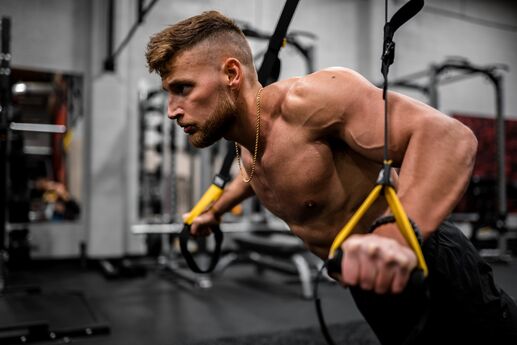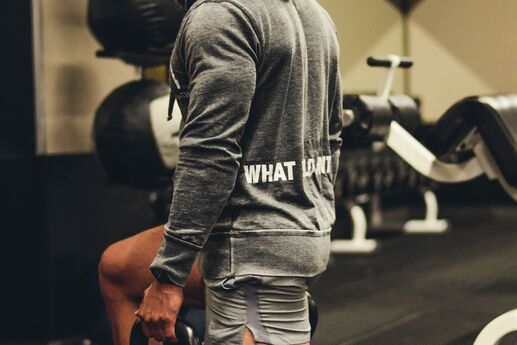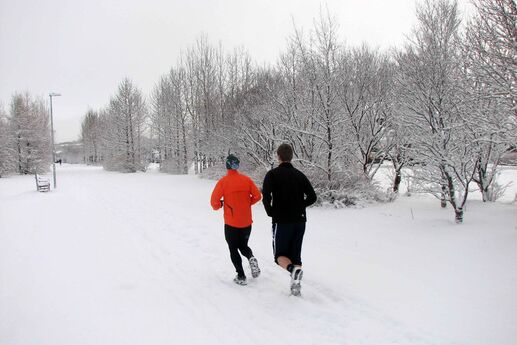The Truth about Man Boobs
Gynecomastia, also known as man boobs, is a condition that affects many men around the world. It is characterized by the enlargement of the breast tissue in men, and can be a source of embarrassment and self-consciousness for those who suffer from it. There are many myths, misunderstandings and misconceptions surrounding this condition, so it is important to separate fact from fiction in order to better understand what causes man boobs and how they can be treated.
Myth #1: Man boobs are caused by being overweight
While it is true that being overweight can contribute to the development of man boobs, it is not the only factor. In fact, many men who are of a healthy weight can still develop this condition. The reason for this is that man boobs are often caused by an imbalance of hormones in the body, specifically estrogen and testosterone. Estrogen is the hormone that is responsible for the development of breast tissue, while testosterone is responsible for the development of muscle mass. When there is too much estrogen in the body, it can lead to the growth of breast tissue in men, even if they are not overweight.
Myth #2: Man boobs are caused by too much soy in the diet
Another common myth about man boobs is that they are caused by consuming too much soy in the diet. Soy contains phytoestrogens, which are plant-based compounds that mimic the effects of estrogen in the body. However, the amount of phytoestrogens in soy is relatively small, and it is unlikely that consuming soy in moderation will cause man boobs. In fact, some studies have even suggested that consuming soy may have a protective effect against the development of breast cancer.
Myth #3: Man boobs are caused by doing too much chest exercise
While it is true that chest exercises can help to build muscle mass in the chest, they are not the reason some men grow larger breast and develop man boobs. In fact, doing chest exercises can actually help to reduce the appearance of man boobs by building up the chest muscles and reducing the amount of fat in the chest area. However, it is important to note that building muscle in the chest will not necessarily reduce the size of the breast tissue, as this is caused by hormonal imbalances in the body.
Myth #4: Man boobs will go away on their own
While it is true that some cases of man boobs may go away on their own, don't count on it. If man boobs are caused by hormonal imbalances, they are unlikely to go away without treatment. In fact, in some cases, the breast tissue may continue to grow over time, leading to more significant enlargement of the chest area. It is important to seek medical advice if you are concerned about the size or appearance of your chest, as there are a range of treatments available that can help to reduce the size of breast tissue in men.
What causes man boobs?
As mentioned earlier, man boobs are caused by an imbalance of hormones in the body. Specifically, an excess of estrogen in the body can lead to the development of breast tissue in men. This hormonal imbalance can be caused by a number of factors, including:
-
Obesity: As mentioned earlier, being overweight can contribute to the development of man boobs by increasing the amount of estrogen in the body. Fat cells are known to produce estrogen, so the more fat cells you have, the more estrogen your body will produce.
-
Medications: Certain medications can cause an increase in estrogen levels in the body, which can lead to the development of man boobs. These include medications for depression, high blood pressure, and prostate cancer.
-
Hormonal imbalances: Some men may have a natural predisposition to hormonal imbalances, which can cause an excess of estrogen in the body. This can be caused by a range of factors, including genetics and lifestyle.
Photo by Pablo Heimplatz on Unsplash






